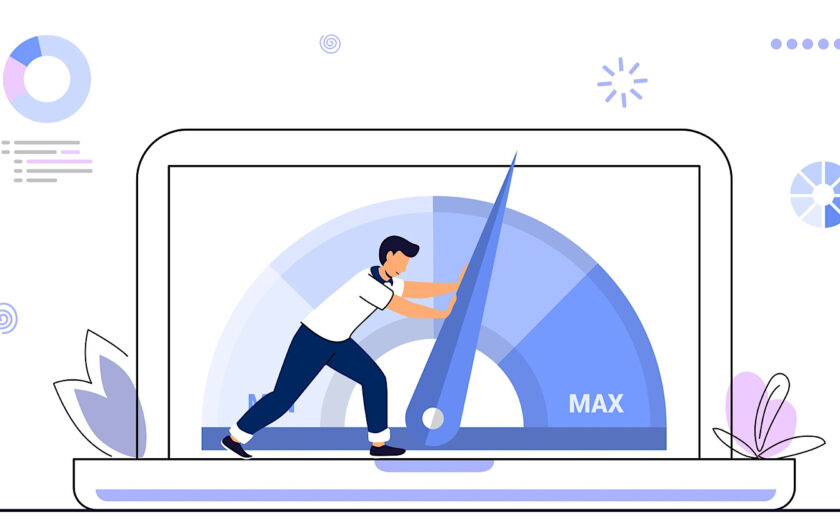[ad_1]
Google Chrome has released its latest Chrome User Experience Report (CrUX).
This update zeroes in on individual components of page speed, offering fresh data on largest contentful paint (LCP) image subparts and real-world network conditions (RTT).
For SEO professionals, this means you’ll have a better understanding of what needs improvement.
Barry Pollard, Web Performance Developer Advocate at Google Chrome, made the announcement on Bluesky.
Key Updates to CrUX Report
Speed and user experience are known to impact search visibility, and Google’s latest CrUX update breaks down site performance barriers with greater detail:
Granular LCP Details
New “image subparts” let you pinpoint what’s slowing down your largest image element.
With Time to First Byte, Resource Load Delay, Resource Load Duration, and Element Render Delay all in one mix, you can see if your bottleneck is server lag, render delays, or even how late the browser finds your image.
RTT Over ECT
Rather than lumping user connections into outdated “3G/4G” bins, Google’s new round trip time (RTT) tri-bins highlight the true speed of your audience’s networks.
Identifying high-latency segments can guide you toward optimizing for users in specific regions or network conditions.
BigQuery & CrUX Vis Updates
SEO professionals can access updated BigQuery datasets, which include more granular RTT information and broader coverage for metrics like Interaction to Next Paint (INP).
Additionally, the CrUX Vis tool (cruxvis.withgoogle.com) now shows everything from streamlined LCP subparts to country-level RTT stats, ideal for spotting speed issues at a glance.
Better Data Coverage, More Competitive Edge
By retiring the Effective Connection Type (ECT) dimension, Google can report richer data for a broader range of sites.
How To Leverage The New Metrics
Zero In on Server Delays: Pinpoint high Time to First Byte if your hosting setup or backend scripts are slowing that crucial first load.
Check Image Discovery Times: A Resource Load Delay might indicate a late-discovered hero image or JavaScript injection issues, which are common trouble spots in modern frameworks.
Optimize Media Files: Long Resource Load Duration can highlight oversized or unoptimized images that hamper page speed, a frequent cause of poor LCP.
Tailor Solutions for Different Regions: With RTT tri-bins now informing you if certain countries or networks face big delays, you can serve region-specific content faster (e.g., via CDNs or local servers).
Watch also: Technical SEO Best Practices: How to Improve Discoverability, Crawlability & Rankings
Why This Matters
The latest CrUX update provides new data and identifies where your page may fail visitors, potentially harming your rankings. This can help you fix issues quickly, potentially improving site performance and visibility.
To analyze your site, visit cruxvis.withgoogle.com or check the CrUX BigQuery dataset.
Featured Image: julslst/Shutterstock
[ad_2]
